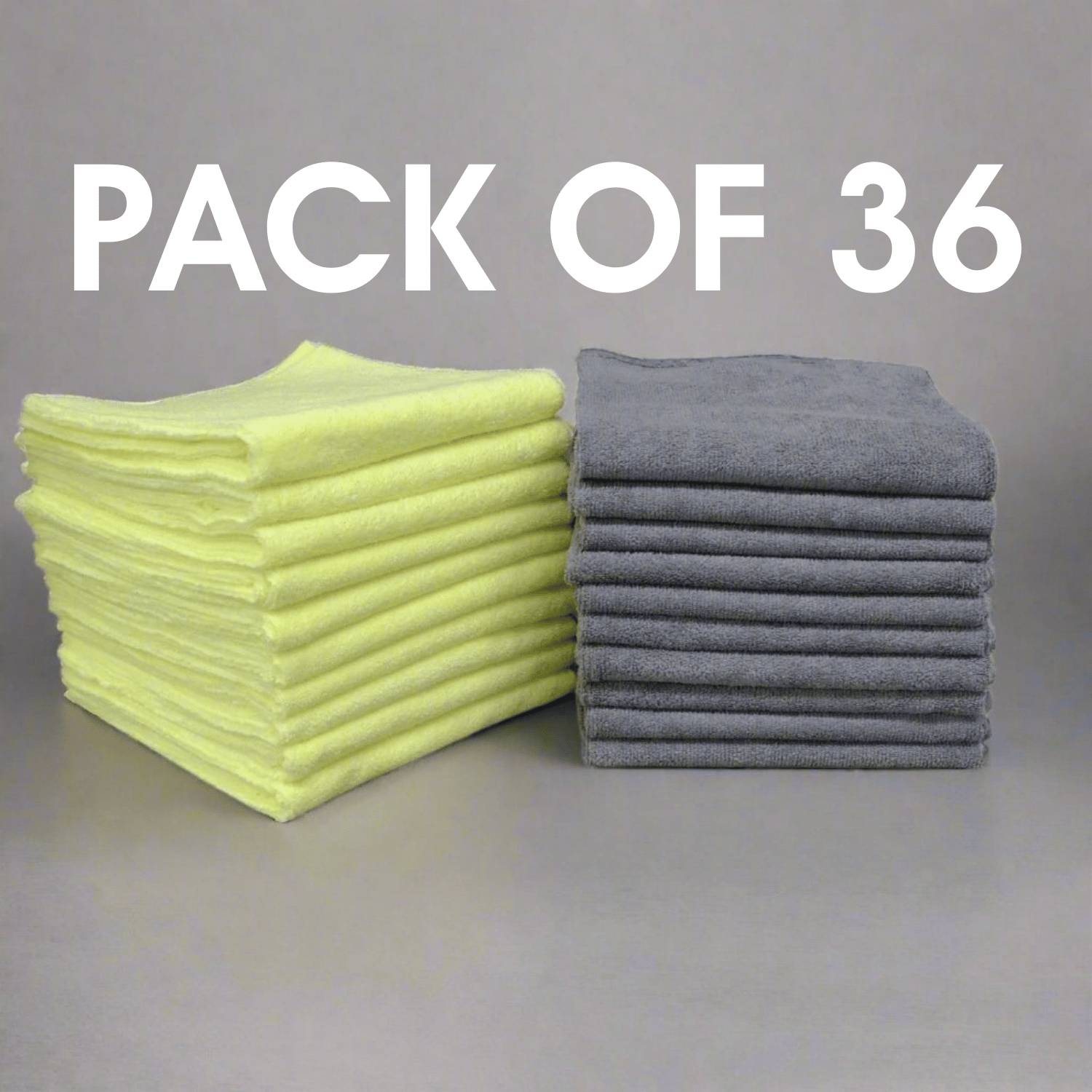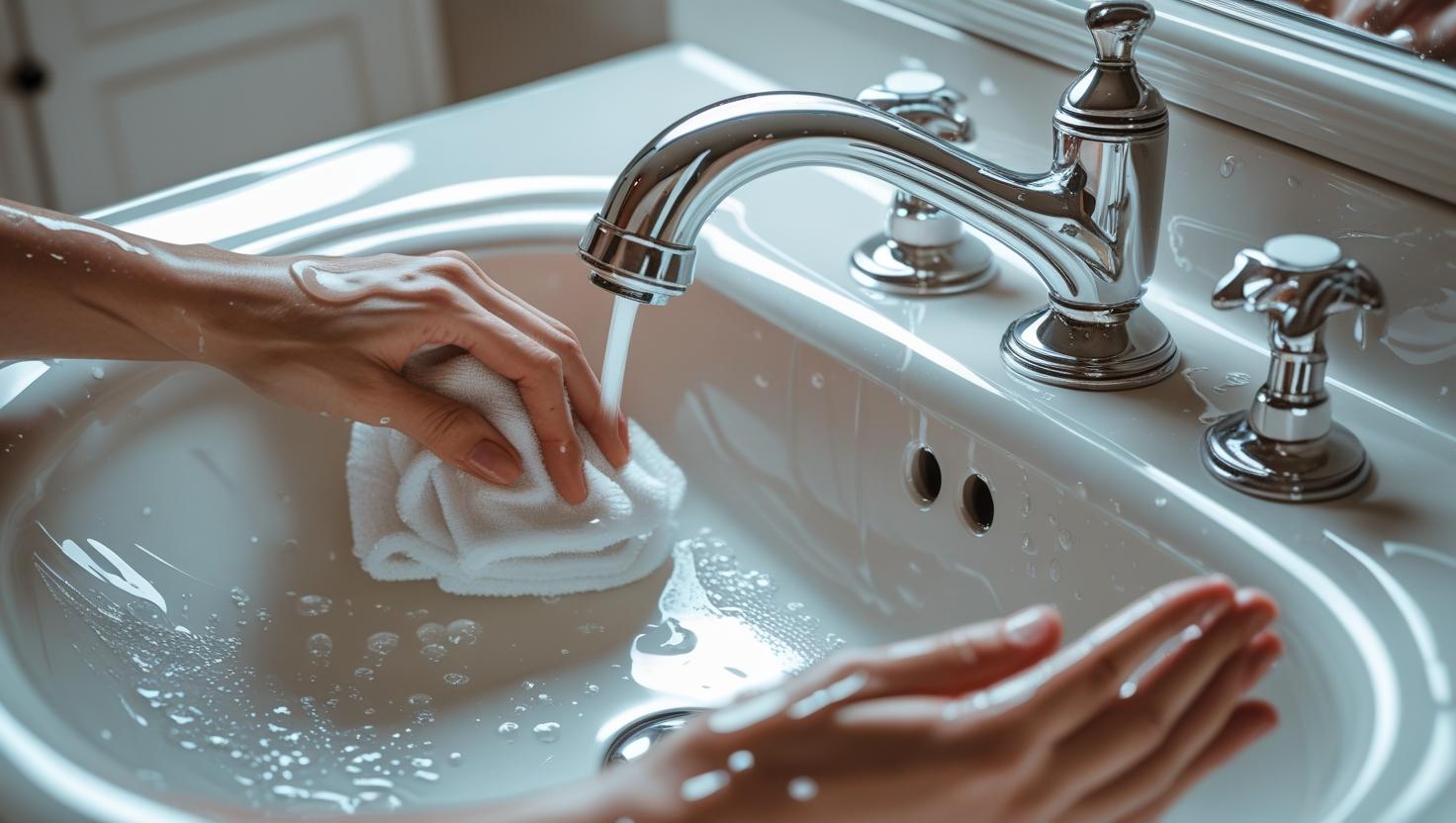Owning suede shoes is a bit like owning a classic Alfa Romeo with a leaky drop-top; the overall experience is great, right up to the point where something goes wrong or you’re caught out in the rain. While you, mercifully, won’t have to wait several weeks for expensive replacement parts to arrive from Italy, restoring stained, scuffed, or water-damaged suede is a challenge unto itself if you don’t know how to do it right.
It’s fair to say that suede is one of the most delicate materials used for making shoes. Their textured surface—while good to look at and touch, and pairing well with pretty much anything in your closet—can easily lose its lustre through neglect, household spills, improper cleaning techniques, or even rain.
In this guide, we’ll walk you through some of the basic steps you can take to clean your suede shoes, from casual, everyday sneakers to designer suede boots, without fear of ruining them.
Why does suede get dirty easily, and why is it considered a hard-to-clean material?
Suede is notoriously difficult to keep clean. Unlike synthetic, rubber, or full-grain leather shoes with smooth surfaces, zooming in on a suede surface will reveal an open, napped surface—essentially thousands of side-by-side raised fibres. These fibres are very effective at trapping dust, dirt, oils, and moisture, quickly transforming their beautiful texture into a mess if you’re not careful.
Suede’s tendency to absorb and hold ontowhatever it touches is exactly what makes it difficult to clean. Once dirt or moisture seeps in, it doesn’t just sit on the surface, ready to be wiped away. It’s pulled into the fibres, making scrubbing or wiping ineffective and potentially harming the delicate fibres and ruining your shoes’ texture and appearance for good.
Cleaning suede without leaving any signs of having done so takes the right tools, some patience, and a gentle, measured approach.
The tools you need to clean suede shoes
Cleaning suede largely involves agitating or loosening particles trapped between the fibres and lifting them away, without using water or detergents you would use on other materials. While this is possible with tools you’ll typically find around the home, there are also more professional suede cleaning kits available on the market, such as suede erasers, crepe brushes, and specialist cleaning chemicals, making cleaning deeper stains or deep scuffs significantly easier.
To clean lightly to moderately soiled suede shoes, you’ll need:
1. A soft bristled brush
In the absence of a specialist suede brush, a clean soft-bristled brush will do just fine. If you’re willing to give up your soft-bristled toothbrush for clean suede shoes, that will also work. Make sure you’ve thoroughly rinsed and dried it.

2. Lint-free microfibre cloth
Both suede and microfibre are absorbent; however, with microfibre the absorbency works for you, not against you. If you’re cleaning oils, blotting spills, or dabbing wet marks from suede, microfibre’s structure lifts dirt up and away from suede without spreading it further or letting it seep in deeper.

3. White vinegar
You might be hesitant to use vinegar on your suede shoes, but when used responsibly and in the absence of specialist suede cleaners, it genuinely does work and is even recommended by Nike. White vinegar penetrates suede to break down deposits that get trapped in suede fibres chemically, making them easier to remove by brush and microfibre cloth.

Looking for the right microfibre cloth to keep your favourite suede shoes looking their best?
Paragon Microfibre carries a broad range of premium microfibre cloths for personal use—all guaranteed lint-free and lasting up to 500 machine wash cycles with proper care.
How to clean suede shoes
First things first: never try to clean your suede shoes when they are still wet. It might be tempting to quickly rinse the mud off before it dries, but you’re only making the problem worse and increasing the chances of the material warping. Keep suede dry!
Once your shoes are dry:
1. Brush with soft-bristled brush, following the grain
Brushing with the grain loosens dirt and lifts it to the surface. If you gently blow on the area you’re working on, you should see small clouds of dust come off. Brushing against the grain may be more effective at loosening debris; however, it can also lift the nap (suede fibres) to unnatural positions or increase their likelihood of breaking. Do not brush in circles as it may leave an uneven texture. Depending on how heavily soiled your shoes are and their design, this typically takes 5 to 10 minutes per shoe. If there are no deep stains or stubborn spots left, you’re done. If not, continue to step 2.

2. Remove deeper grime or stains
Dampen your microfibre cloth with vinegar to tackle deeper stains. Using a dabbing motion, not a wiping or rubbing motion, gently blot the affected area, allowing the microfibre to do the lifting. The area will immediately darken, but will return to its original colour after being allowed to dry. If the stain or blemish is still visible, repeat step 2. Once the stain is no longer visible, restore the nap (surface grain) using the soft-bristled brush.

Paragon Microfibre: Specialist products for everyday needs
Whether cleaning your cleats after a day on the field, polishing your kicks before a night out, or prepping your suede shoes for a big event, you can rely on Paragon Microfibre to have you covered with high-quality microfibre products guaranteed to make the process quicker, easier, and, more often than not, allow you to achieve professional-level cleaning without having to resort to harsh chemicals.





Leave a comment
This site is protected by hCaptcha and the hCaptcha Privacy Policy and Terms of Service apply.